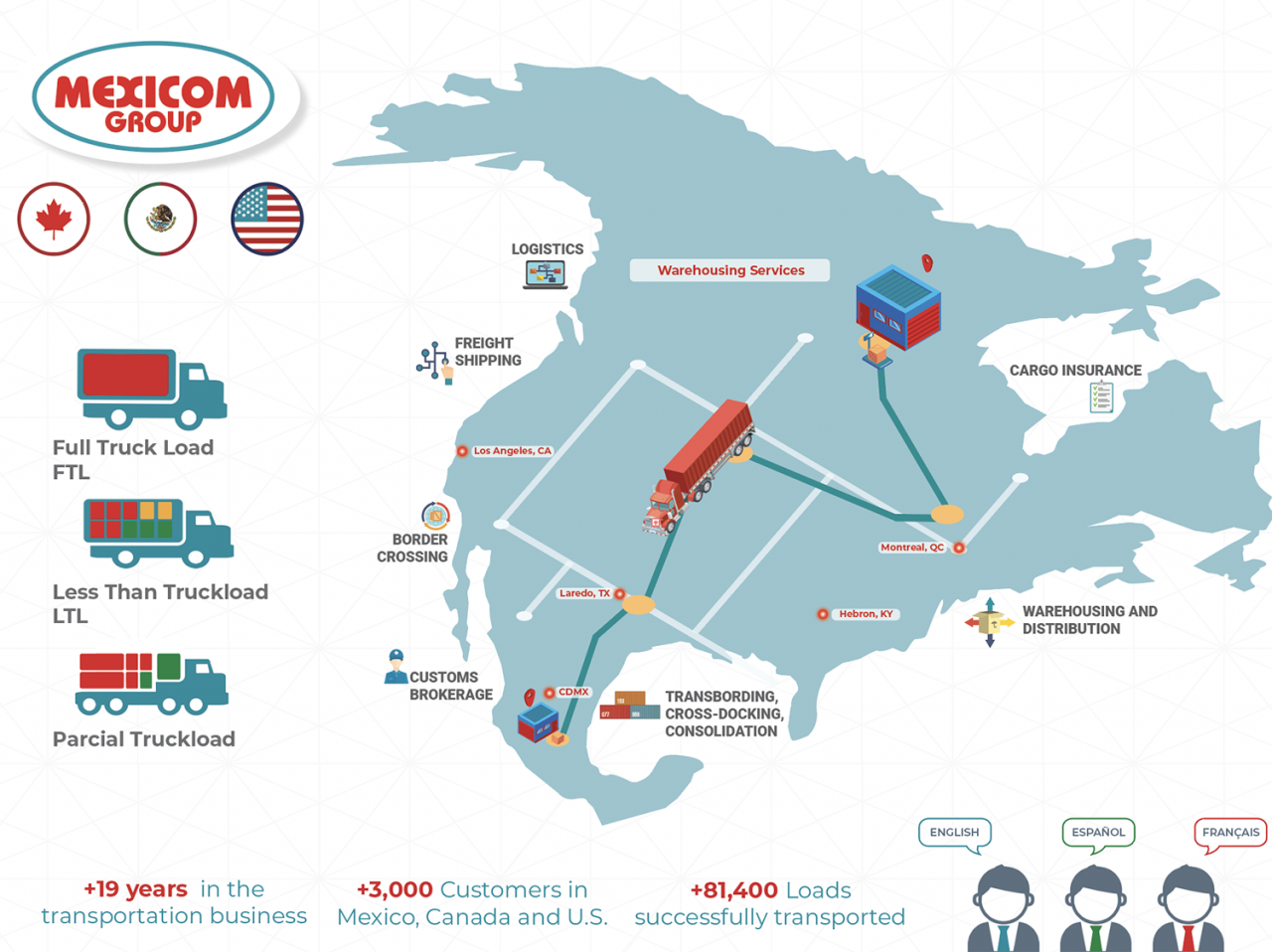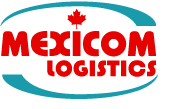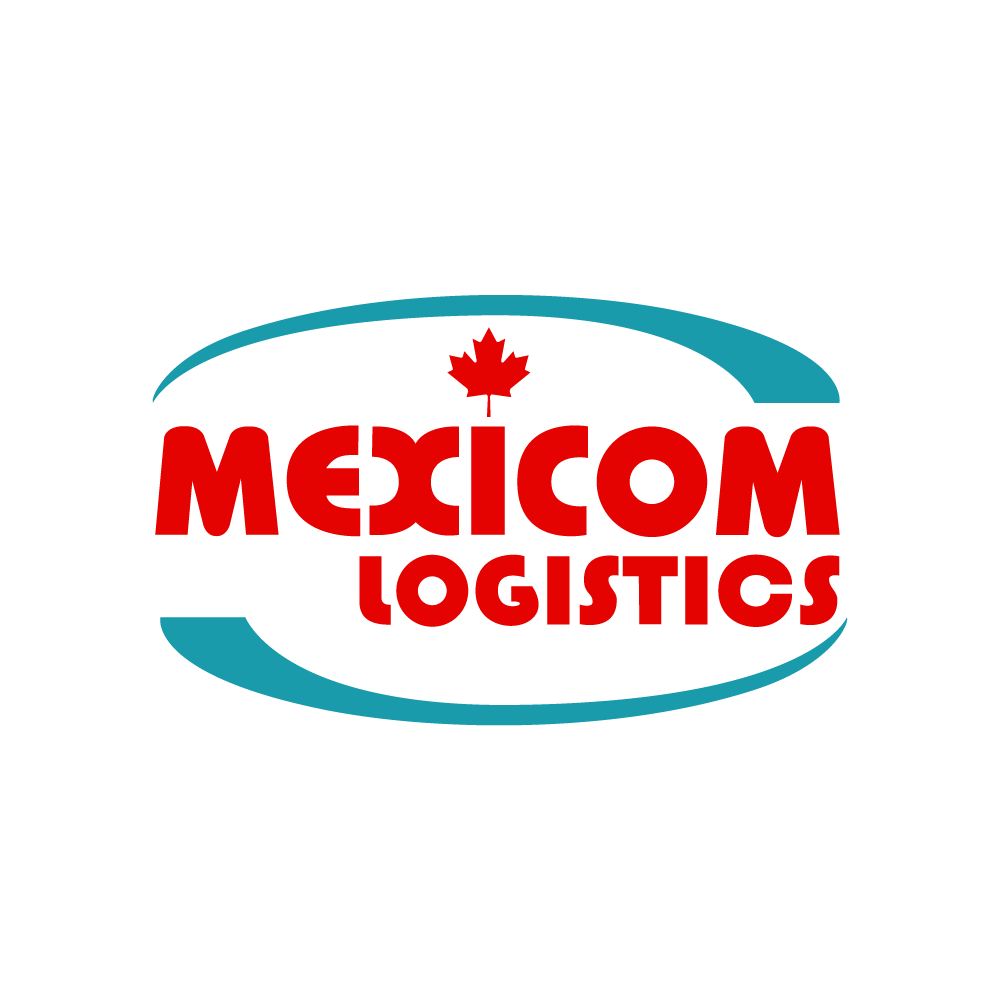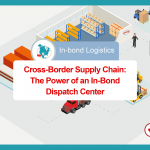Railway vs. Trucking: Cross-Border Transport in North America
When it comes to moving goods across Mexico, the USA, and Canada, both railway and trucking offer distinct advantages and limitations.
Railway transport excels in handling large volumes and bulk shipments cost-effectively over long distances, making it ideal for heavy and oversized cargo. However, it often involves longer transit times, multiple transfers, and relies on specific rail networks, which can limit flexibility and accessibility, especially in Mexico.
In contrast, trucking provides greater flexibility and faster delivery for shorter distances. It offers door-to-door service, making it well-suited for final-mile delivery and reaching remote areas. Trucks navigate an extensive and versatile road network, allowing for quicker and more direct routes, though they come with higher costs per mile and increased risks of theft and damage.
Overall, the choice between rail and trucking depends on factors such as shipment size, distance, urgency, and delivery needs. Rail transport is often favored for bulk and long-haul logistics, while trucking is preferred for its speed, flexibility, and accessibility in cross-border trade across North America.
To fully understand the comparative advantages of railway and trucking for cross-border transportation between Mexico, the US, and Canada, it’s essential to examine these two modes of transportation across several critical dimensions: Cost, Speed and Transit Time, Flexibility and Accessibility, Capacity and Volume, Infrastructure and Routes, Environmental Impact, Security and Risk, Regulations and Compliance, Tracking and Real-Time Information, and Handling and Transfers. By evaluating these factors, we can gain a comprehensive view of how each mode performs in terms of efficiency, practicality, and overall effectiveness for managing cross-border logistics in North America. This in-depth analysis will highlight the strengths and limitations of rail and trucking, aiding businesses in making informed decisions based on their specific transportation needs and priorities.
Cost Comparison: Railway vs. Trucking for Cross-Border Transport
- Trucking:
- Shorter Distances: More economical for shorter routes or small shipments.
- Higher Per-Mile Cost: Higher cost per mile but offers flexibility in the final delivery.
- Railway:
- Mexico to US/Canada: Cost-effective for large volumes and bulk shipments over long distances.
- Economies of Scale: Lower cost per ton-mile for bulk and long-haul.
For example: While trucking costs $2.00 to $3.00 per mile, in Canada, the average rail rate was 4.16 U.S. cents per revenue ton-mile, with Western grain shippers paying as low as 2.97 U.S. cents. This illustrates the substantial cost savings rail can offer, particularly for bulk shipments over long distances.
Practical Considerations: Despite the lower cost per mile, rail transport often involves additional costs related to terminal handling and transfers, and typically has longer transit times. Conversely, trucking, while more expensive per mile, provides direct, door-to-door service and greater flexibility, which can be advantageous for shorter distances or smaller shipments and cross-border shipments.
Speed and Transit Time comparison: Railway vs. Trucking for Cross-Border Transport
- Trucking:
- Faster Delivery: Quicker transit for shorter distances and direct routes.
- Reduced Delays: Less waiting time compared to rail for cross-border shipments.
- Railway:
- Longer Transit: Typically slower due to lengthy routes and multiple handling points.
- Border Delays: Potential delays at border crossings and rail network transfers.
For instance:
Suppose you need to transport a shipment from Monterrey, Mexico, to Houston, Texas (approximately 750 miles). Trucking can typically complete this journey in about 2-3 days. The direct route allows for relatively quick transit times, with fewer handling points and faster customs processing compared to rail. Shipping the same goods by rail from Monterrey to Houston might take approximately 5-7 days. This longer transit time is due to the need for the cargo to be transferred between rail networks and potential delays at rail terminals.
Read also:[Map] Transit Times Map for Ground Freight FTL Shipping Services across Mexico, the US & Canada
Flexibility, Accessibility and Infrastructure comparison: Railway vs. Trucking for Cross-Border Transport
- Trucking:
- Door-to-Door Service: Offers direct delivery from origin to destination across all three countries.
- Widespread Access: Easily reaches a broad range of locations, including rural and remote areas.
- Railway:
- Route Limitations: Limited to specific rail routes and terminals in Mexico, the US, and Canada.
- Less Accessible Areas: Less flexible in reaching remote or rural locations.
The rail networks across Canada, the United States, and Mexico are among the most extensive globally, each serving as a critical component of their respective transportation infrastructures.
Canada boasts nearly 41,711 route-kilometers of track, making it the third-largest rail network in the world, with major operators including Canadian National Railway (CN) and Canadian Pacific Railway (CP), alongside regional and short-line providers.
In the United States, the freight rail network extends over 140,000 route miles, the largest in the world, with significant contributions from Union Pacific, BNSF Railway, Norfolk Southern, and CSX, as well as numerous regional and short-line railroads.
Mexico’s rail network, while smaller at about 18,000 route-kilometers, is essential for its freight operations. Despite the vast and intricate rail infrastructure in these countries, trucking remains crucial due to its unparalleled accessibility and flexibility.
In Canada and the U.S., trucking complements rail by providing door-to-door service and reaching areas that rail cannot efficiently access. Similarly, in Mexico, the extensive road network and competitive road haulage industry highlight trucking’s role in meeting diverse and localized freight demands that rail alone cannot always address effectively.
“In a country like Mexico, with nearly 370 000 km of roads and a vibrant and
competitive ‘door-to-door’ road haulage industry, freight railways cannot either practically or economically be the best mode to meet all haulage demands” (OECD,2014)
Capacity and Volume comparison: Railway vs. Trucking for Cross-Border Transport
- Trucking:
- Versatile Capacity: Handles various shipment sizes, including Less Than Truckload (LTL) and Full Truckload (FTL).
- Frequent Shipments: Suitable for smaller or more frequent deliveries.
-
Railway:
- High Capacity: Ideal for transporting large volumes and heavy goods across long distances.
- Bulk Shipments: Best for bulk and oversized cargo.
Railway transport and trucking each offer distinct advantages for handling cargo. Railways are designed to manage large volumes and heavier loads over long distances, with standard containers like 20-foot and 40-foot units, and high-cube options providing additional height. Trains can carry hundreds of containers or significant bulk cargo, making them ideal for high-capacity shipments.
On the other hand, trucking provides flexibility and speed for smaller, more frequent deliveries. Standard truck trailers are typically 53 feet long and handle one container or trailer load at a time, accommodating around 100 cubic meters of cargo.
Trucks offer door-to-door service, bypassing the need for additional handling and transfers that are often required with rail. They also have the ability to navigate a wider range of routes and access more remote or urban destinations directly. This versatility and proximity advantage, combined with the ability to make quicker deliveries, make trucking especially effective for regional and short-distance transport. While rail excels in bulk and long-distance shipments, trucking complements it with agility, convenience, and speed for varied and frequent delivery needs.
Read also:Differences between FTL, Partial truckload and LTL freight shipping [updated]
Handling and Transfers comparison: Railway vs. Trucking for Cross-Border Transport
- Trucking:
- Fewer Handlings: Direct transport with fewer handling points.
- Streamlined Delivery: Reduced risk of delays and damage due to direct delivery.
- Railway:
- Multiple Transfers: Involves handling and transferring between rail networks and potentially to trucks.
- Potential Delays: Risk of delays at transfer points and border crossings.
Customs processing for trucks is often more streamlined compared to rail, where multiple transfers and additional coordination between rail networks can introduce further delays. Thus, while both modes face customs challenges, trucking’s direct route and fewer handlings generally result in a more straightforward and timely delivery despite the need for border customs processing.
Environmental Impact: Railway vs. Trucking for Cross-Border Transport
- Railway:
- Eco-Friendly: More fuel-efficient and lower emissions per ton-mile.
- Sustainability: Generally a greener option for bulk transport.
- Trucking:
- Higher Emissions: Greater fuel consumption and emissions per ton-mile.
- Increased Footprint: Less environmentally friendly compared to rail
Transportation is a significant contributor to climate change, accounting for 26% of all global greenhouse gas (GHG) emissions. Among transportation modes, rail is over seven times more energy-efficient than trucking in terms of GHG emissions. This efficiency translates directly into fuel consumption: trains achieve about 477 ton-miles per gallon of fuel, whereas trucks only manage 145 ton-miles per gallon. This disparity is largely due to the lower rolling resistance of steel wheels on rails compared to the higher resistance of rubber tires on the road, making rail transport not only more fuel-efficient but also a more environmentally friendly option for moving goods.
Sources
https://www.freightwaves.com/news/understanding-total-operating-cost-per-mile
Click to access International-Comparison-of-Railway-Freight-Rates-2.pdf
https://tc.canada.ca/en/rail-transportation/rail-safety-canada
https://railroads.dot.gov/rail-network-development/freight-rail-overview
Click to access 14mexicorail.pdf
http://large.stanford.edu/courses/2022/ph240/forman2/











